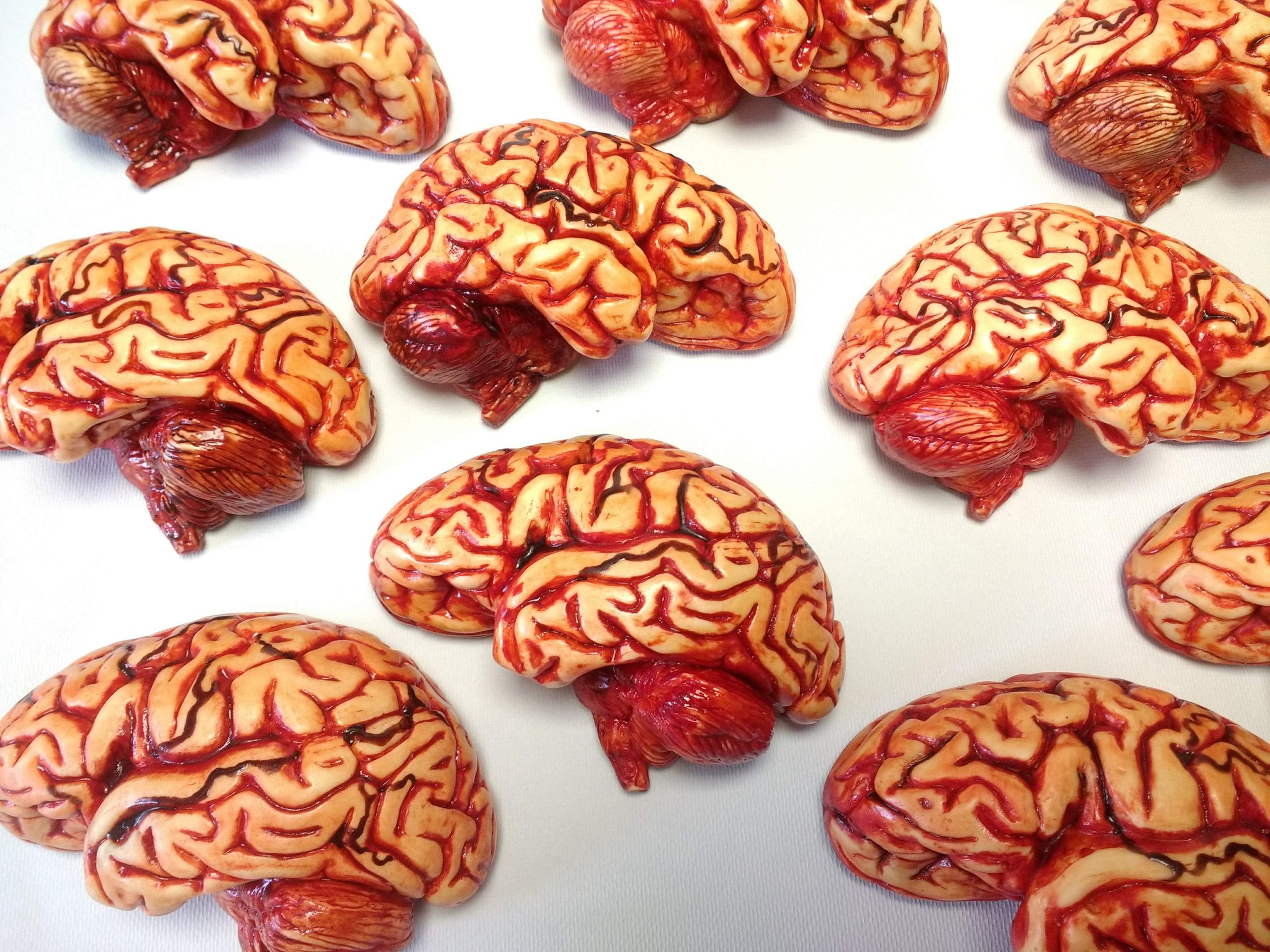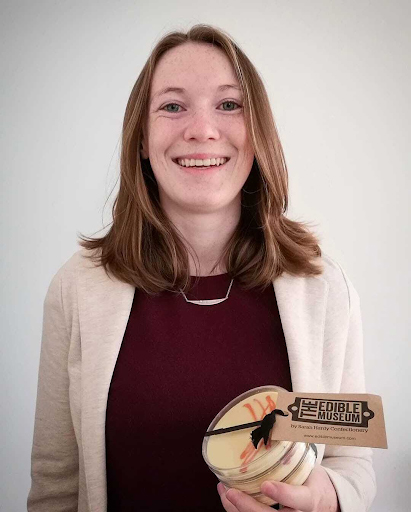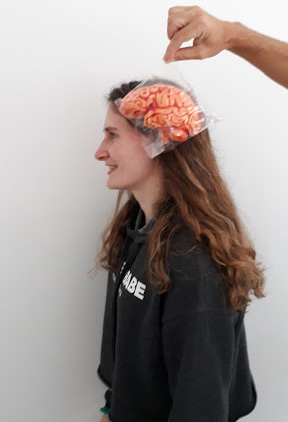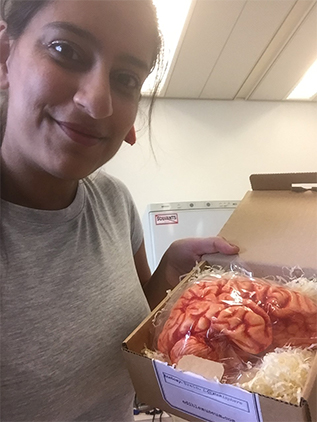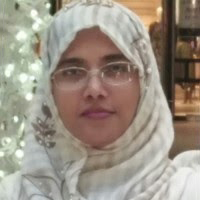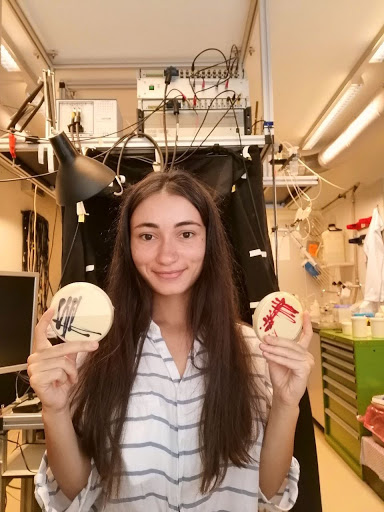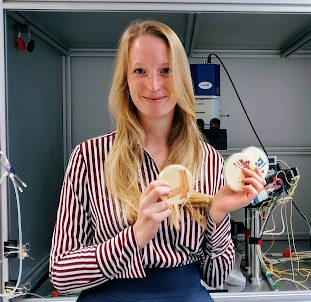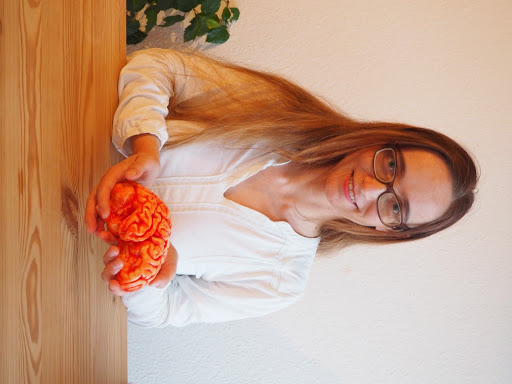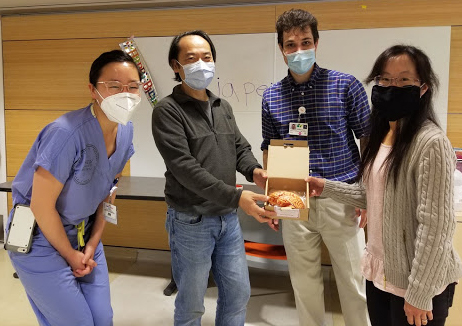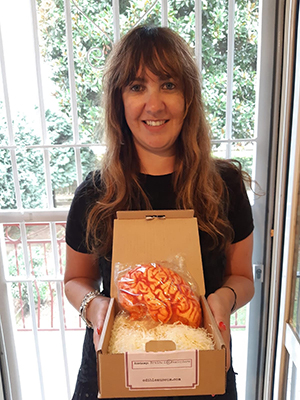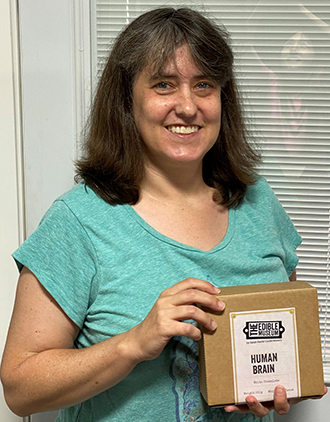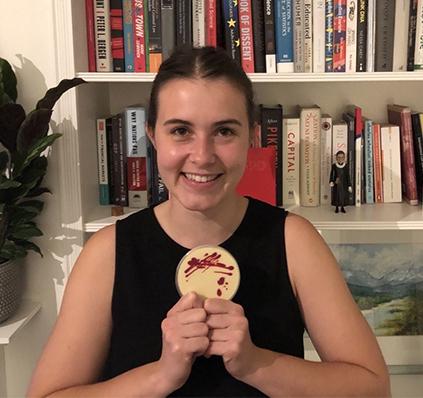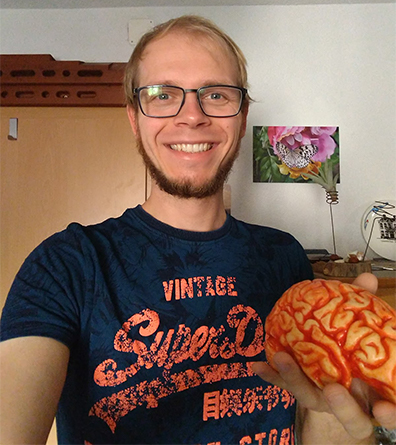Dr. Chiara Villa is an Assistant Professor who started her research activity in 2006 at the Dept. of Neurological Sciences, University of Milan, Fondazione Cà Granda IRCCS Ospedale Maggiore Policlinico. In 2009 she obtained her PhD in Molecular Medicine. Her research activity was mainly focused on the study of novel biomarkers (e.g., microRNAs, pro-inflammatory cytokines) and genetic risk factors in key genes for early detection and/or progression of two neurodegenerative diseases: Alzheimer’s disease and frontotemporal lobar degeneration. Moreover, she also developed an established expertise in evaluating the standard biomarkers, Aβ42, tau, and phosphorylated tau in the cerebrospinal fluid of patients affected by dementia as well as a good knowledge of all procedures for sample collection and storage of biological fluids. In 2014, she moved to the University of Milano-Bicocca and joined a research group working in the study of molecular bases of autism and sleep disorders, including restless legs syndrome and nocturnal frontal lobe epilepsy. Her work has been now carried out applying her previous research experience in this field through a molecular approach which allows the study of a large cohort of families searching for new genes/mutations involved in the pathogenesis of such diseases. All studies have been have been completed with functional in vitro analyses. Actually, she is author of 56 research articles published in peer-reviewed journals with a personal H-index of 19.
Chiara Villa
Assistant Professor of Pathology presso Università degli Studi di Milano-Bicocca
